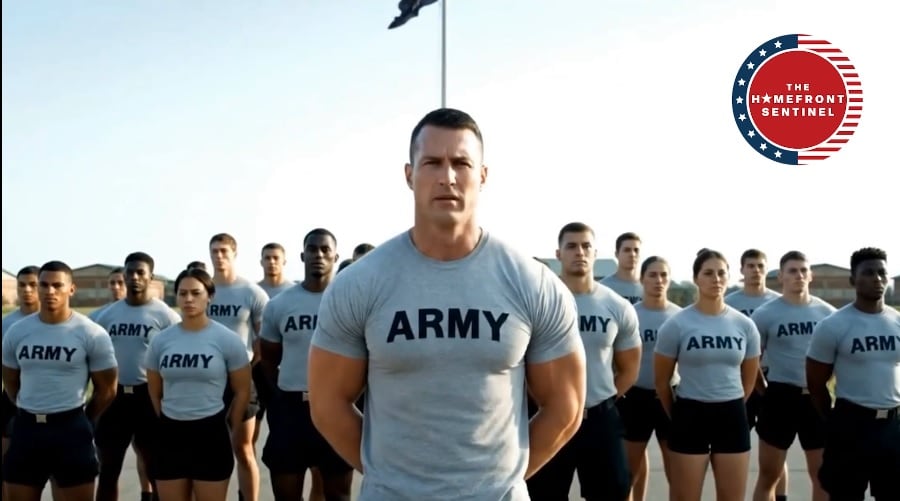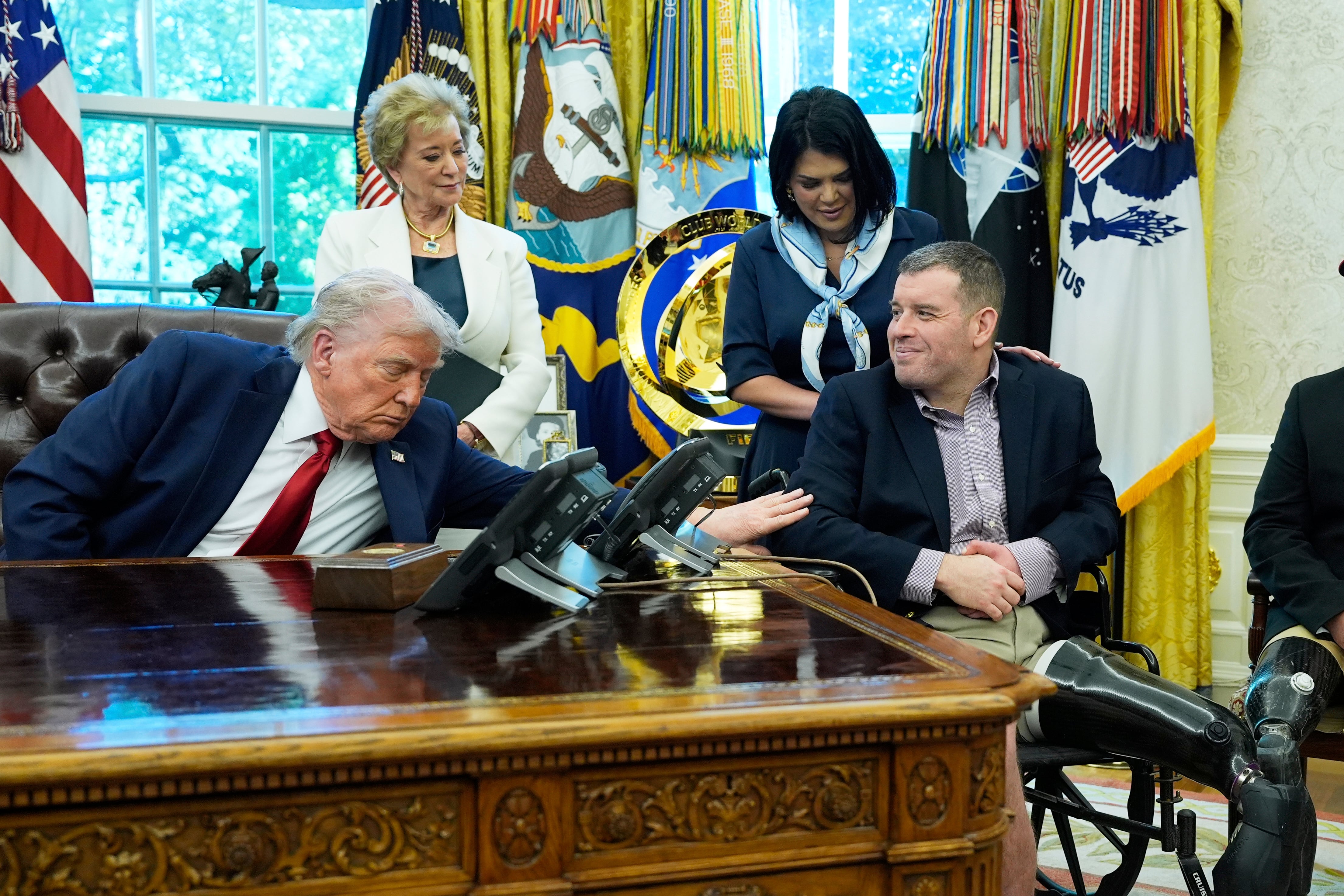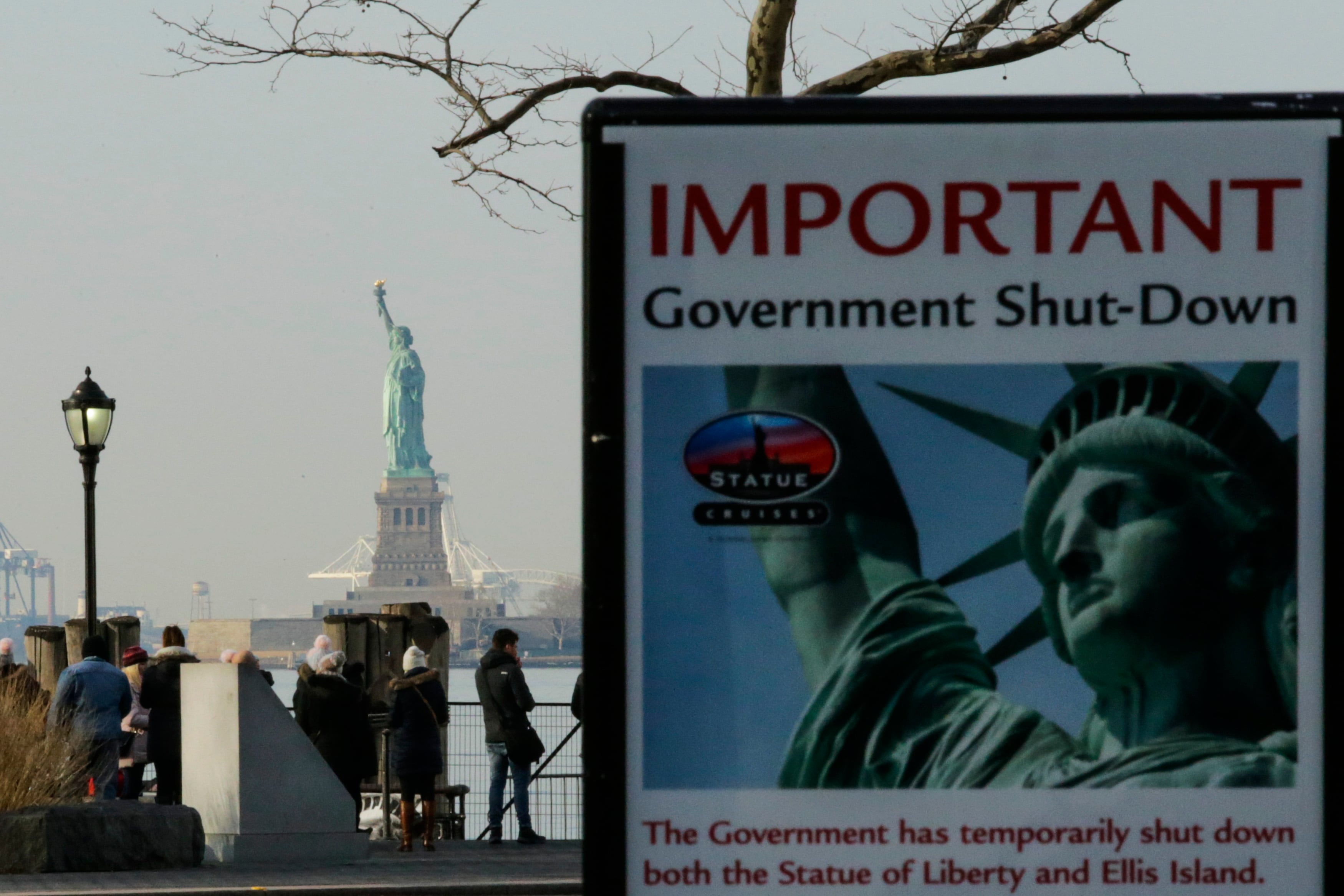Marine Corps manpower officials are taking a closer look at the service's Corps' enlisted leadership in a move that could provide officials with information needed to shake up the composition of the force as officials work to retain troops in high-demand fields. or help the service retain Marines with skill sets in high demand.
Officials will conduct a survey of Marines in "squad leader equivalent" billets in every field across the Corps and in ranks ranging from sergeant to gunnery sergeant, according to a Marine administrative message released Wednesday. The move is in support of priorities laid out in keeping with Marine Commandant Gen. Joseph Dunford's planning guidance released in January, according to the message.
In the guidance, released in January, Dunford explained that the Corps' inventory of noncommissioned officers and staff NCOs was inadequate to meet contemporary force structure requirements. He announced plans to find "innovative ways to enhance the quantity and maturity of leadership at the small unit level." One such effort launched earlier this year was the Squad Leader Development Program, aimed specifically at infantry units. The program, which included 78 Marines in its first round, offered re-up bonuses, guaranteed promotions and assignments, and additional training to corporals and sergeants willing to serve as an operational squad leader or a combat instructor for a designated amount of time.
Officials with Marine Corps manpower made clear that next steps following the new data collection effort have not yet been determined for other military occupational specialties.
"The Commandant's Planning Guidance called for review of manpower and force structure; we are collecting data in order to address CMC's Planning Guidance and taskers," said Jeff Ringhoffer, Manpower Programs and Budget officer, in a statement released to Marine Corps Times. "Until we have a chance to collect and analyze data and allow leadership time to make decisions, it is premature to discuss any potential changes to manpower and/or force structure policies."
According to the MARADMIN, Marines troops counted in the "squad leader equivalent" tabulation will include enlisted personnel Marines in billets requiring them to be directly in charge of other more junior troops Marines. They must have the responsibility of mentoring mentoring, training, supervising and accounting for their more junior charges, the message said. Those in Navy or other service billets within the force structure will not be counted.
The data will be collected by divisions across the Marine Corps and returned to Manpower and Reserve Affairs officials by Aug. 17, according to the directive. A future memo will task officials with identifying focusing on key elements within a unit that enable a that unit to accomplish its mission. That would include identifying special skills, billets or certifications held by the unit's members, the message said.
Since the publication of his the planning guidance, Dunford has expanded on efforts to change the demographics of the entire Marine Corps force, developing more skilled and mature enlisted leaders in an increasingly complex global environment. Fields like cyber warfare and advanced platforms including the F-35B Joint Strike Fighter require more senior and better-educated Marines in key leadership positions, he said.
"We're moving that frontline leadership from a three- to four-year sergeant to a five- to six-year sergeant so we can better integrate what I call maturity, which is experience, education and training," Dunford said during a panel discussion at the Center for Strategic and International Studies, a Washington-based public policy group, in March.





